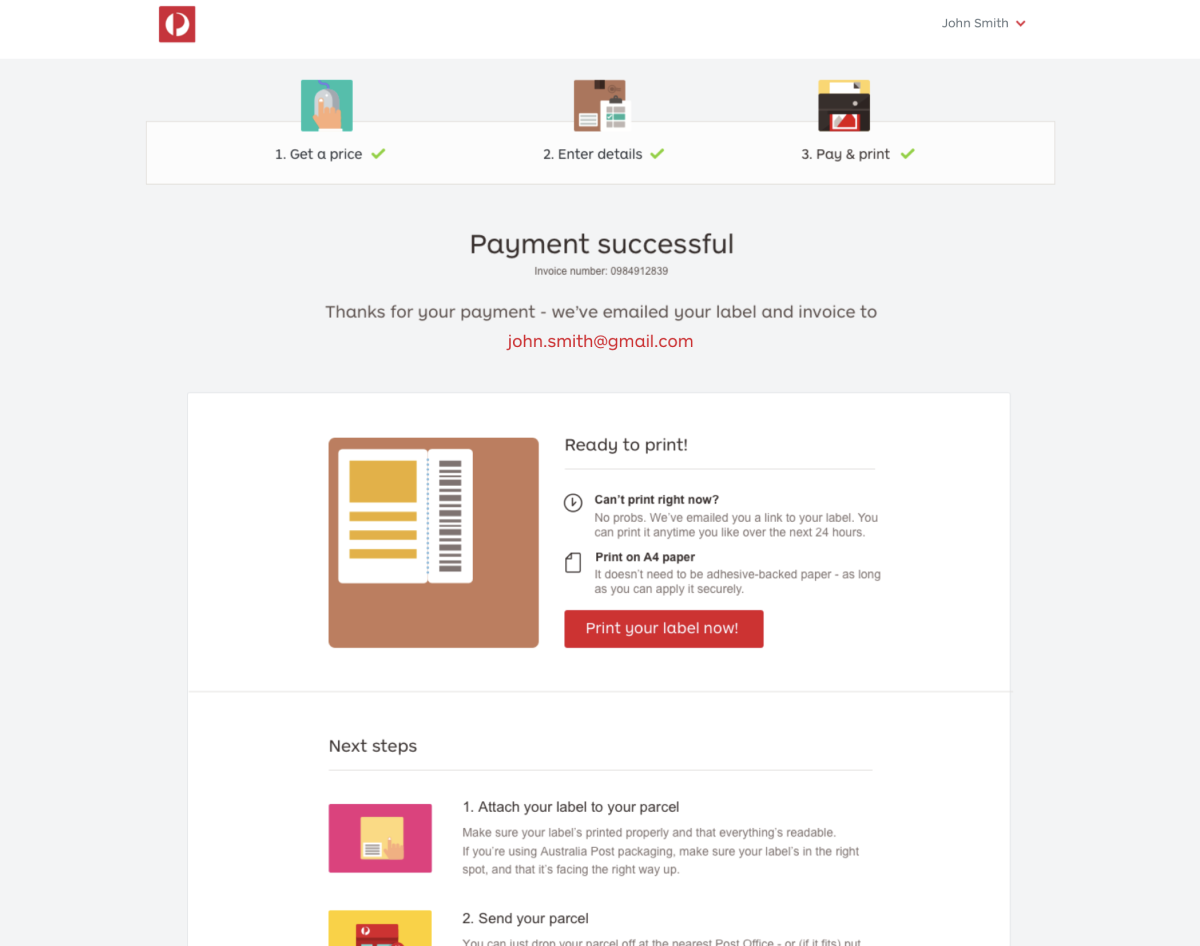
Australia Post
Consumer purchasing behaviour is changing every day, with technology trends and market forces influencing the innovation of new exciting business models. Australia Post served the exponentially growing SMB eCommerce segment yet treated them as a typical home consumer
A new portfolio was created in 2016 at Australia Post to serve the identified SMB segment with a human-centred design lens and Lean Startup mentality. Significant market research had been completed, opportunities identified and prioritised. Yet, the portfolio needed support modelling our commercial opportunities into a product roadmap of customer lead validated features that could quickly provide value in the market. Whilst building a base platform offering that could soon scale in the future...
Understanding the Small Business Segment
Field StudiesDiary StudiesUser interviewsCustomer Segment Validation
Our objective, to create a singular and useful home where AusPost can help small businesses easily manage and evolve their business.
Validating key phases and jobs to be done stages helped the team define the macro-level feature scope. And clearly activate on valuable phases of the small business segment.
Small Business Service Blueprint
Mental ModellingHigh-Value JobsValue Proposition DesignConceptual TestingService Blueprinting
Our value proposition is simple — help Australian small businesses become the business they want to be — but our technical platform is new, Australia Post is a large-scale enterprise, and our customers move fast! So we have to innovate and deliver quickly.
Aligning qualitative customer mindsets to our product roadmap communicated with a service blueprint.
Simple Sending
Bulk Sending
Pickups
Performance Monitoring
Google Design Sprint Conceptual Testing
Google Design SprintUsability Testing
We had an audacious campaign ahead of us, and the way we currently validate and deliver our ideas wasn’t going to be fast enough to meet our deadline. Something had to change.
We worked quickly with the strategy and program teams to understand the significant features of the riskiest and most ‘unknown’. We couldn’t afford to waste valuable time on the easy stuff. So with consideration of our current delivery model, team, culture, and stakeholders, we decided to try Google Design Sprints.
Showcase getting Buy-in
Hi-Fidelity DesignDesign System DesignUser-flowsStory-mapping
Enterprise teams are often large and usually just one cog in a more giant machine. Anything you achieve with a Design Sprint needs to be communicated and ‘sold’ to other stakeholders and teams to turn insights into a deliverable product.
Cutting through the silos — Many senior stakeholders liked the process because it got their teams moving straight away with a sense of urgency.
Fail fast! — One of our most valuable sprints was actually an invalidation of our intended strategy. I know it’s hard to appreciate, but closing down an idea and communicating why in a scaled organisation can be a huge achievement all by itself — and can save a lot of wasted effort.
Pressure creates unity — Bringing the different teams together in an environment with clearly structured but strictly limited time created a unified focus on the customer, their problems, and the solution.
Hearing from the customer — In a large enterprise with lots of stakeholders, you’ll find certain people’s opinions get taken for granted as holding more weight. Nothing cuts to the core and counters unsubstantiated opinions better than seeing actual customer behaviour live.

TIP: Great ideas can come from anyone. One of the acknowledged best ideas for the first sprint didn’t come from the agile coach or the business owner or strategy ... it came from the quiet and unassuming graduate student!
See other Projects
AGL Multi-Product Retailer
We sell energy plans. We service the needs of our energy customers. We provide information to investors and the media on what AGL is doing in the energy sector. On the horizon, we’re bringing new products (NBN, mobile, residential battery, EV, and more) to market. Energy will soon be only one of several things we’re known for.



















